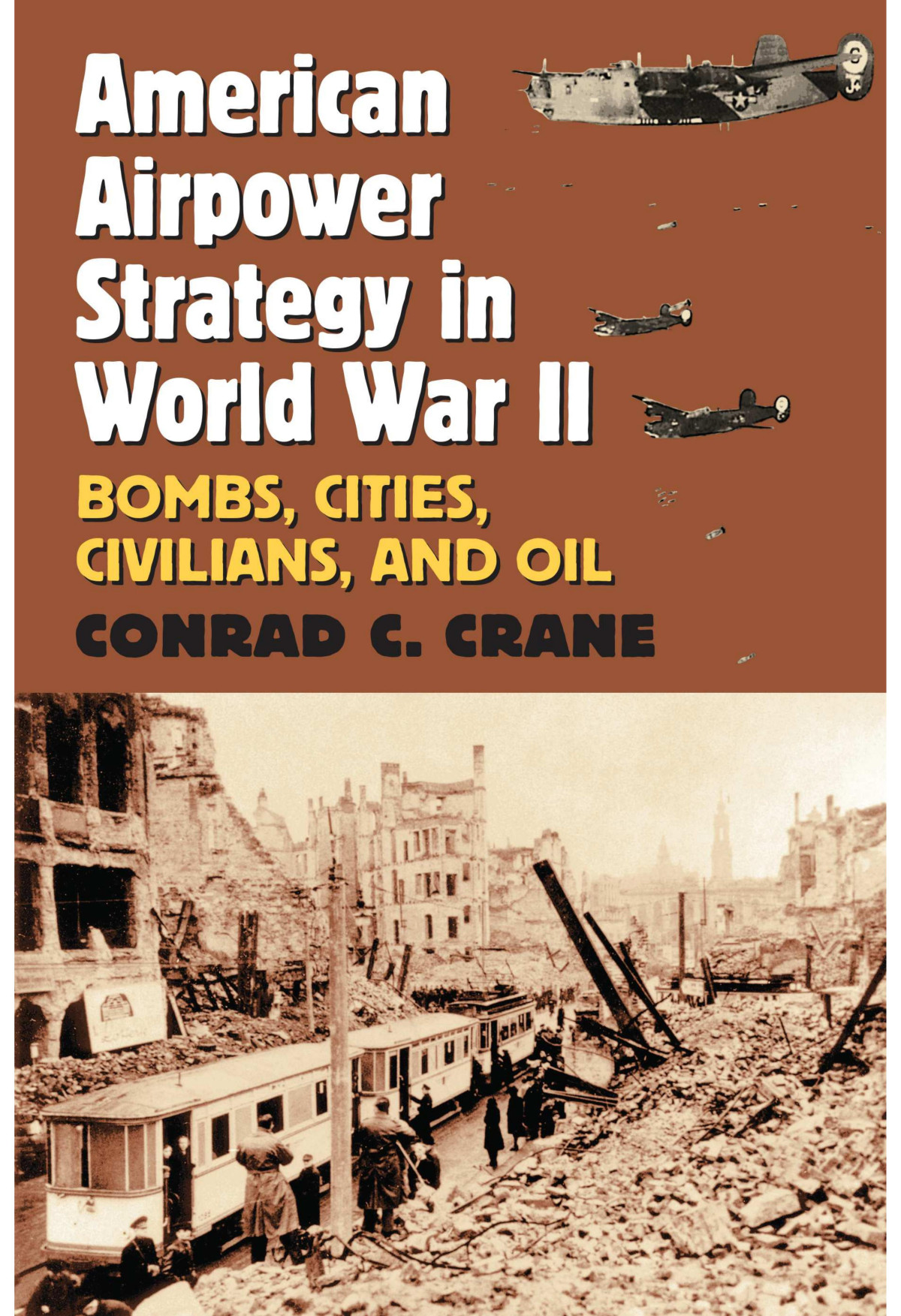

Most ebook files are in PDF format, so you can easily read them using various software such as Foxit Reader or directly on the Google Chrome browser.
Some ebook files are released by publishers in other formats such as .awz, .mobi, .epub, .fb2, etc. You may need to install specific software to read these formats on mobile/PC, such as Calibre.
Please read the tutorial at this link: https://ebookbell.com/faq
We offer FREE conversion to the popular formats you request; however, this may take some time. Therefore, right after payment, please email us, and we will try to provide the service as quickly as possible.
For some exceptional file formats or broken links (if any), please refrain from opening any disputes. Instead, email us first, and we will try to assist within a maximum of 6 hours.
EbookBell Team

5.0
80 reviewsA marked advance in our understanding of the use of airpower in war in general and the Second World War in particular, Crane’s work shows how, despite an undeniable lack of concern about civilian casualties in Germany and Japan late in the war, American strategic bombing in WWII consistently focused on destroying the enemy’s war-making capacity instead of its collapsing will. Further, Crane persuasively argues that in the limited wars since then, separating such targets has become increasingly more difficult, and all air campaigns against states have subsequently escalated to accept greater risks for civilians. American Airpower Strategy in World War II also provides an expanded close look at the use of airpower in the last three months of the strategic air war against Germany, when so many bombing missions relied upon radar aids, as well as the first direct comparison of 8th and 15th Air Force bombing campaigns in Europe.
The result is the most coherent and concise analysis of the application and legacy of Allied strategic airpower in WWII—and a work that will inform all future practical and theoretical consideration of the use, and the role, of airpower in war.